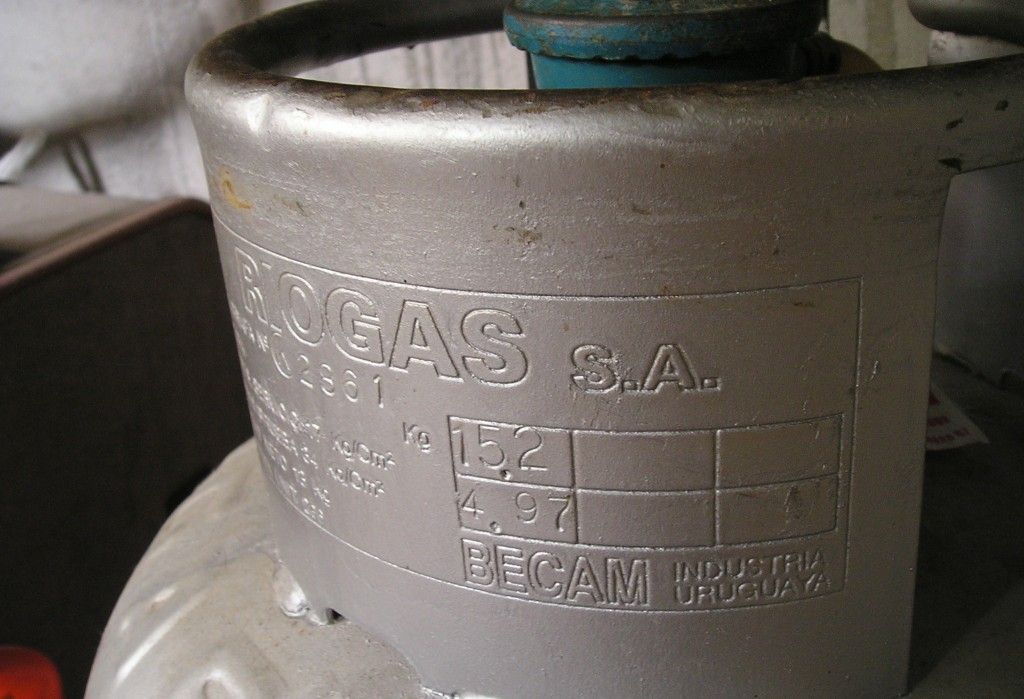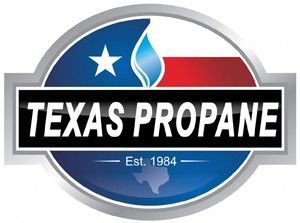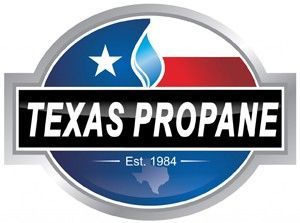Important Propane Tank Nameplate Information

A manufacturer’s nameplate is the one thing that identifies a propane tank as unique. It also provides all pertinent information about that particular tank. The nameplate serves several purposes, the main one being to identify the tank as a propane tank.
The nameplates discussed in this article are for identification and information concerning ASME propane tanks. ASME stands for American Society of Mechanical Engineers and is the authority for pressure vessel fabrication in the U.S. The ASME is the governing authority for all stationary propane tanks manufactured and used in the U.S.
Important Nameplate Information
One of the most crucial things that a propane tank has to have is the manufacturers nameplate made of stainless steel. If needed, all of the connections can be replaced on a tank, but if the nameplate becomes unreadable or comes off the tank, the tank is officially anything but a propane tank. If there is not a legible nameplate, the tank is condemned and cannot be used any further in propane service. Often times, propane dealers see individuals purchase propane tanks from a flea market or out of the back of somebody’s pickup truck for a relatively price. Or, at least, it seems to be a good price until the propane company comes to install it and discovers that there is no nameplate attached to the tank.
Necessary Nameplate Markings
Not only does the nameplate need to be legible and permanently attached to the propane tank, the following must be displayed on the manufacturer’s nameplate for the propane tank to be serviceable in the United States:
- Container designed for service type (above or underground)
- Tank manufacturers name and address
- Tank water capacity in gallons or pounds
- Design pressure (working pressure) in PSI
- Words “This container shall not contain a product that has a vapor pressure in excess of __ PSIG at 100°F”
- Outside surface area in square feet
- Year of manufacture
- Tank shell and head thickness
- OL (overall length), OD (outside diameter) and HD (head design)
- Tank manufacturers serial number
- ASME code symbol
Nameplate Care and Protection
Protection of the tank nameplate is critical for the longevity and usability of a propane tank. Newer propane tanks are fitted with nameplates that are continuously welded to the container while older tanks may have a raised nameplate. Nameplate protection is extremely important and can be taken care of by consumers to ensure the continued serviceability of their propane tank. Keeping the tank nameplate clean, dry and free of rust will go a long way in overall propane tank care. Rusted and unreadable nameplates render a propane tank useless.
These are just a few important things to know about the nameplate on propane tanks. Contact Texas Propane with the link below for more information!
Tips & Info
Fired up to learn more?
Read on to learn about how you can benefit from using propane.










